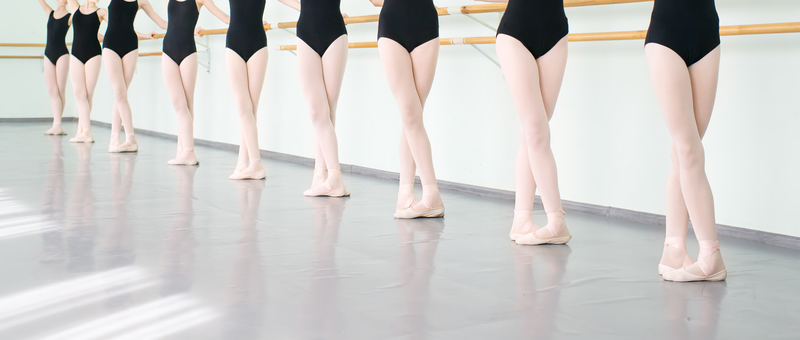Unlike an end-of-year showcase or performance, ballet exams can add extra pressure on a dancer regardless of how much they love ballet. Although they can be scary, exams can be beneficial, as they provide a timely goal to work toward and give a marked indicator of how well you are progressing.

Photo: Royal Academy of Dance.
Dance Informa was lucky enough to hear from some of the best in the business about their advice on how to best prepare for your ballet exam.
Michelle Ludenia, examinations coordinator, Royal Academy of Dance Australia
The Royal Academy of Dance has over 14,000 members across over 80 countries worldwide with their examination syllabus being taught to over 700,000 dancers worldwide.
“Believe in yourself and trust your teachers’ knowledge and experience. Put into practise their corrections and feedback.”
“Exam preparation workshops help. It takes the mystery away from dancing in front of someone who is not your everyday studio teacher.”
“When you hear the examiner ring the bell, inhale, gather your thoughts and compose yourself. Breathe out, relax, and, most importantly, enjoy!”
Kevin Jackson, principal artist with The Australian Ballet

Kevin Jackson as Romeo in ‘Romeo and Juliet’. Photo by Georges Antoni.
Originally from Perth, Jackson graduated from the Australian Ballet School in 2002 and in the following year joined The Australian Ballet. His repertoire highlights include Nijinsky in John Neumeier’s Nijinsky (2016), Romeo in Graeme Murphy’s Romeo and Juliet (2011), and Onegin and Lenksy in John Cranko’s Onegin (2012). He has been a principal artist at The Australian Ballet since 2010.
“Preparation is key. From the beginning of the year, a student needs to be focused on having goals for their ballet exam. Work with your teacher to find what you need to achieve throughout the year. So when the day arrives you are more than ready to show the examiner how much you know and what you are capable of.”
“I would suggest using imagery to set up a positive and successful exam. Rather than letting your mind head down a negative route, imagine being in the room feeling comfortable, confident and calm.”
“Sleep well, eat healthy and practise, practise and practise.”

Catherine Goss. Photo: Studio Tibor.
Catherine Goss, dancer and teacher extraordinaire
Catherine Goss danced with the Royal New Zealand Ballet (1987-1991), attaining the rank of soloist. After a successful career in Europe, she returned to Australia and re-joined Sydney Dance Company as a dancer. She was assistant to the director of Australian Dance Theatre and also associate artistic director of the West Australian Ballet. She has been a rehearsal director for Bangarra Dance Theatre, Tasdance and Tanja Liedtke, and teaches regularly throughout Sydney.
“Be neatly presented, and have all you need to take into the exam with you. Be ready to go.”
“Don’t linger and be sad or grumpy if a pirouette didn’t work, for example. Look ahead and make each step better than the one before. Finish each exercise beautifully.”
“Be confident, and remember to breathe!”
We wish all of our readers the best of luck for their ballet examinations throughout the year. Happy dancing!
By Elle Evangelista of Dance Informa.

















